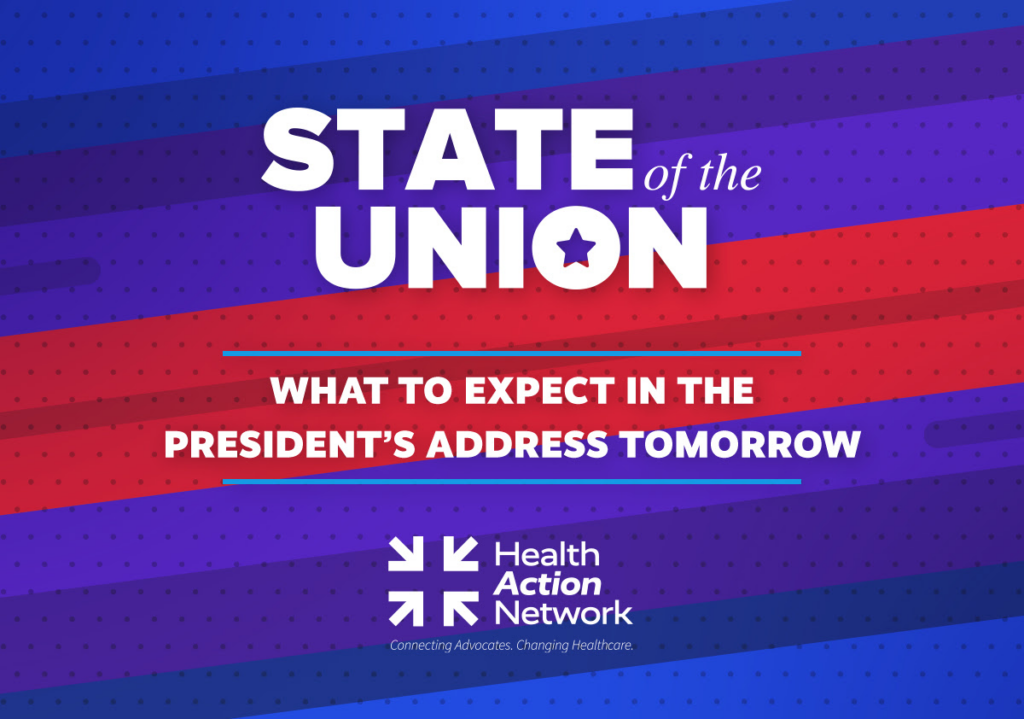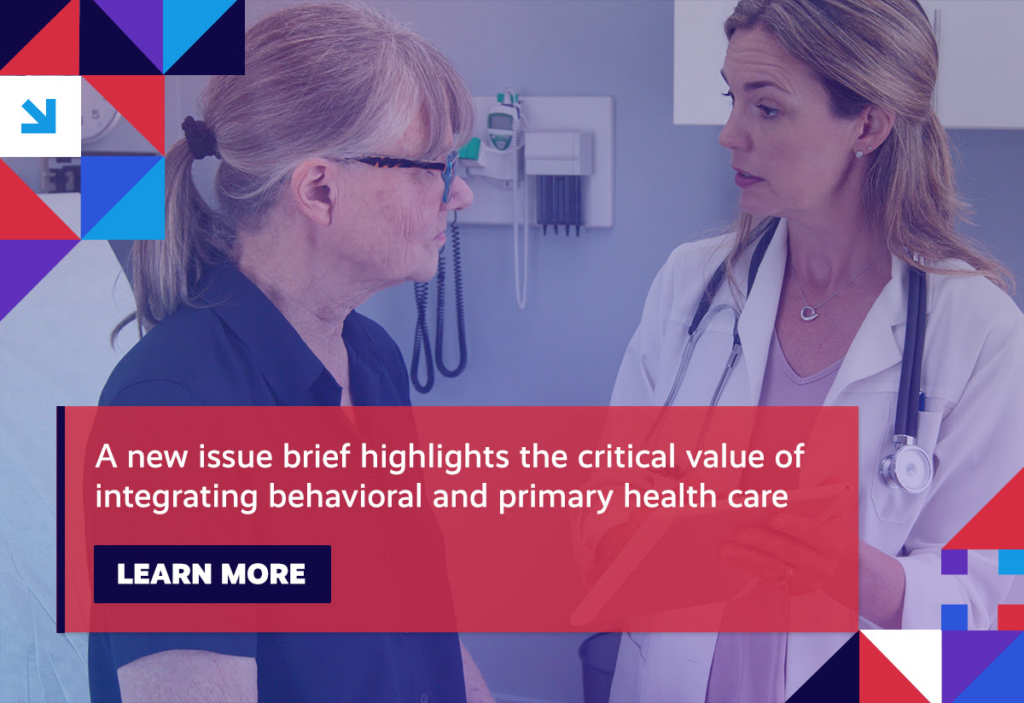Congressional lawmakers find common cause in their support of Medicare Advantage; stakeholders remind consumers of the important protections now in place against surprise medical billing – even as the law is challenged in the courts; meanwhile, the cost of an ambulance ride continues to go up; and, a new study highlights provider markups for specialty drugs.
We encourage you to stay involved as implementation efforts surrounding healthcare reform progress. Visit the Health Action Network and be sure to let us know what’s on your mind.
Item of the Week

Week in Review
MA Support: Ahead of annual proposed changes to the underlying funding and administrative policies for Medicare Advantage (MA) being finalized for 2023, lawmakers on both sides of the aisle have urged regulators to protect the program and the millions of beneficiaries who depend on its enhanced, coordinated model of care. More than just a bipartisan issue, the majority of members in both the U.S. House of Representatives and, more recently, the U.S. Senate, have now signed onto separate letters to the Centers for Medicare & Medicaid Services (CMS) in support of MA and the more than 27 million beneficiaries enrolled in the program. In the latter letter, led by Sens. Catherine Cortez Masto (D-Nevada) and Tim Scott (R-South Carolina), Senators asked CMS to ensure that any payment and policy changes did not disrupt MA plans’ ability to provide the “patient-centered care that 43 percent of Medicare-eligible Americans rely on every day.”

Surprise Medical Billing: As a reminder, new consumer rules went into effect at the beginning of the year aimed at better protecting patients from surprise medical bills. Opponents wasted no time, filing a half dozen lawsuits seeking to unravel the law by attacking the provision governing how billing disputes between providers and insurers are to be decided, namely through an independent dispute resolution process that takes into account a handful of factors, including the median negotiated rate for a medical service in a given geography. A ruling was issued in one of those cases last week in favor of opponents, prompting experts to observe how hard these groups are willing to fight efforts by Congress to address the issue. While that plays out in the courts, stakeholders are working to make sure that consumers know that these protections are now in place and how best to utilize them.
Ambulance Costs: While the new surprise medical billing law protects consumers from being exposed to outrageous and unexpected charges from out-of-network providers, it does not include protections from emergency transportation, such as ambulances, which, as often as not, can result in an unexpected bill. And, according to the results of a new report, this issue is likely only going to continue to get worse. Released by FAIR Health, the analysis shows that the cost of an ambulance ride has increased dramatically in recent years. In fact, between 2017 and 2020, the average payment for ambulance transportation jumped 56 percent, going from $486 to $758. With concern mounting over consumers’ exposure to rising ambulance costs, a new federal committee is being formed to further examine the issue.
Specialty Rx Markups: As has been covered in previous Health Action Network newsletters, the prices charged by hospitals for the drugs they administer have come under increased scrutiny. A new report puts a much finer point on the issue, drawing specific attention to how significantly hospitals markup the cost of specialty drugs. Released by AHIP, the analysis shows that, on average, the cost per single treatment for specialty drugs administered in hospitals was $7,000 more than the cost of those same drugs purchased through specialty pharmacies. In fact, according to the data, hospitals charged more than double (108 percent) the prices charged by pharmacies.
Spotlight

| You can keep up with the latest by following the Health Action Network on Twitter and by liking us on Facebook. And, be sure to check us out on LinkedIn, too. As always, let us know if there’s something you’d like to see covered in a future newsletter. |
